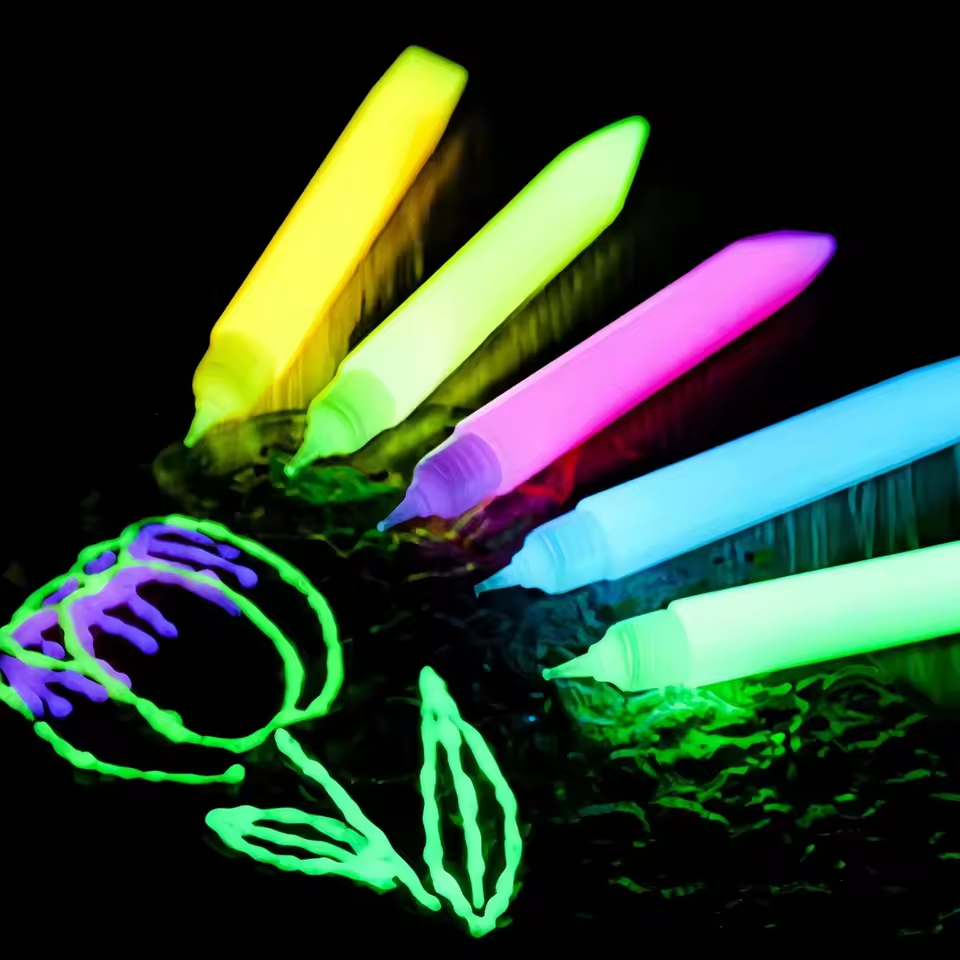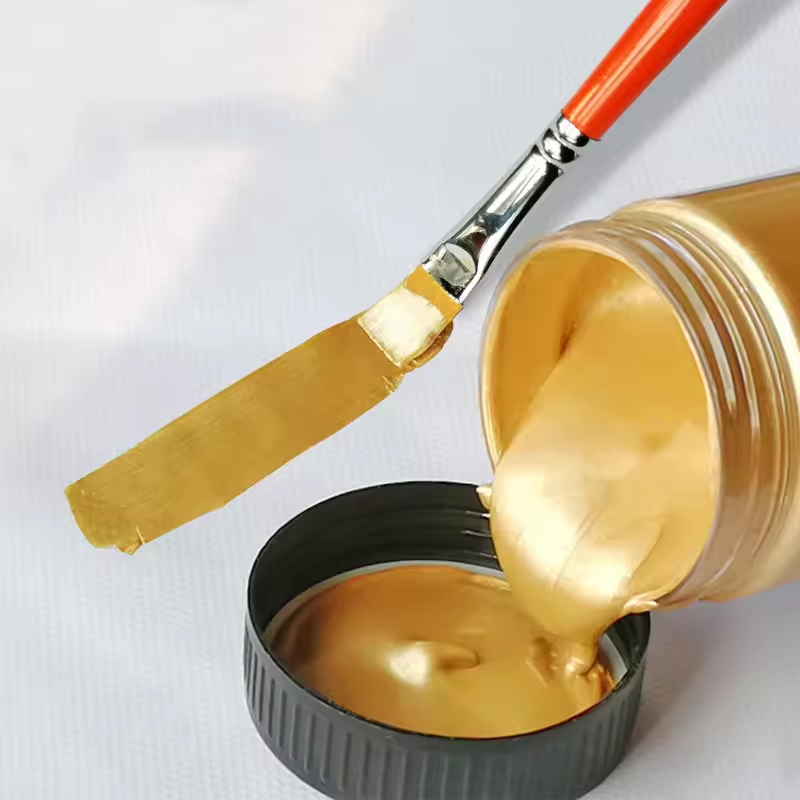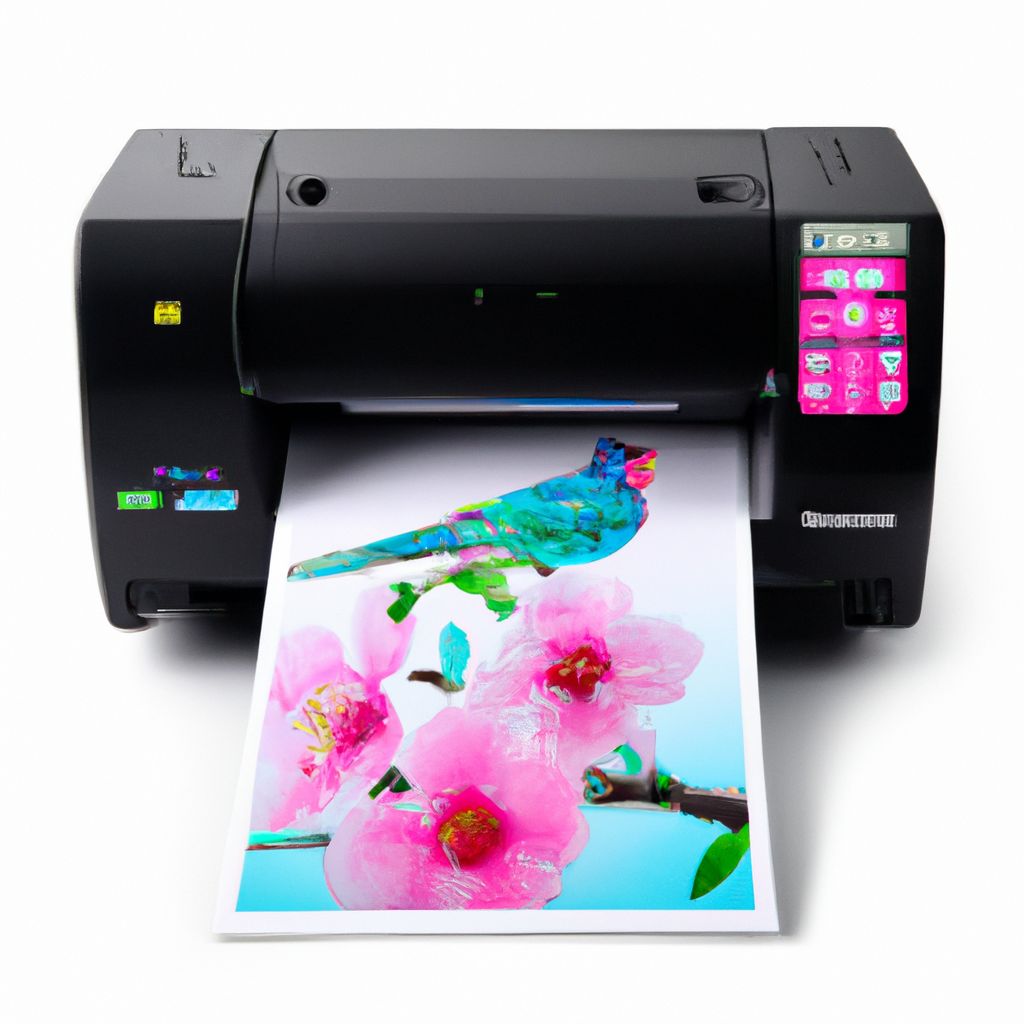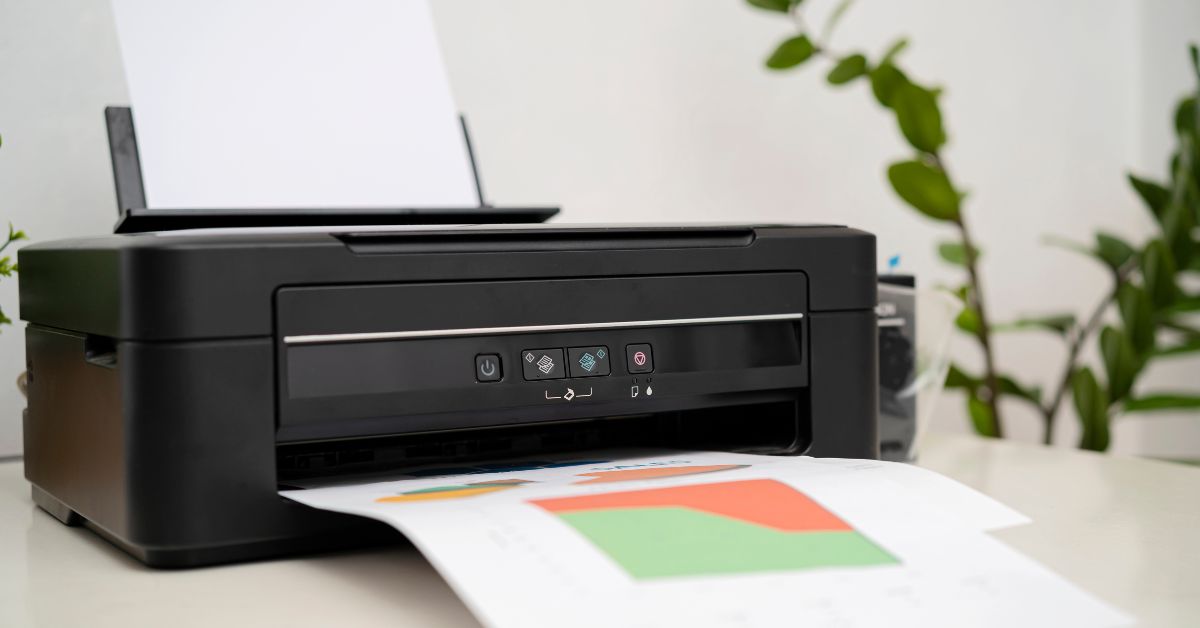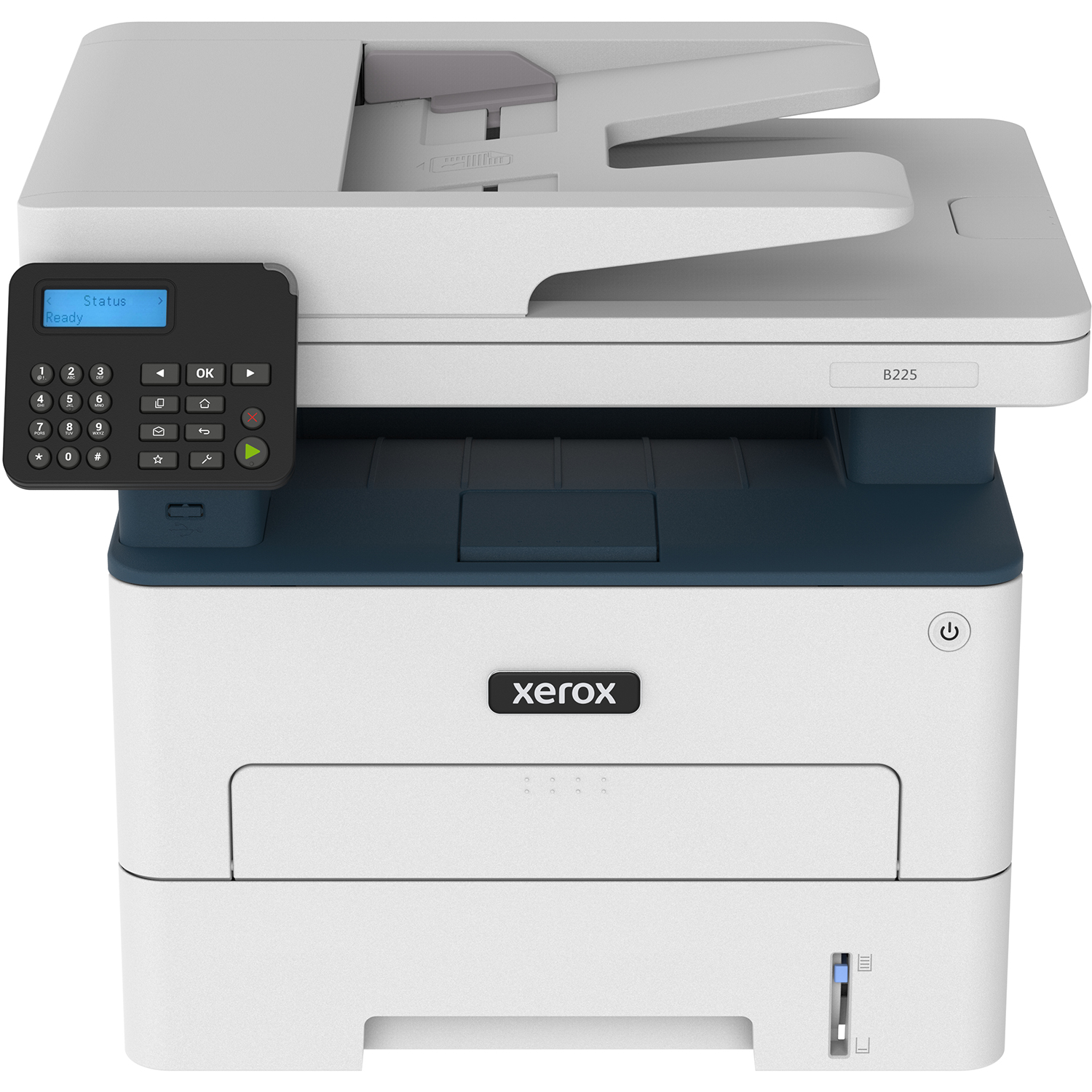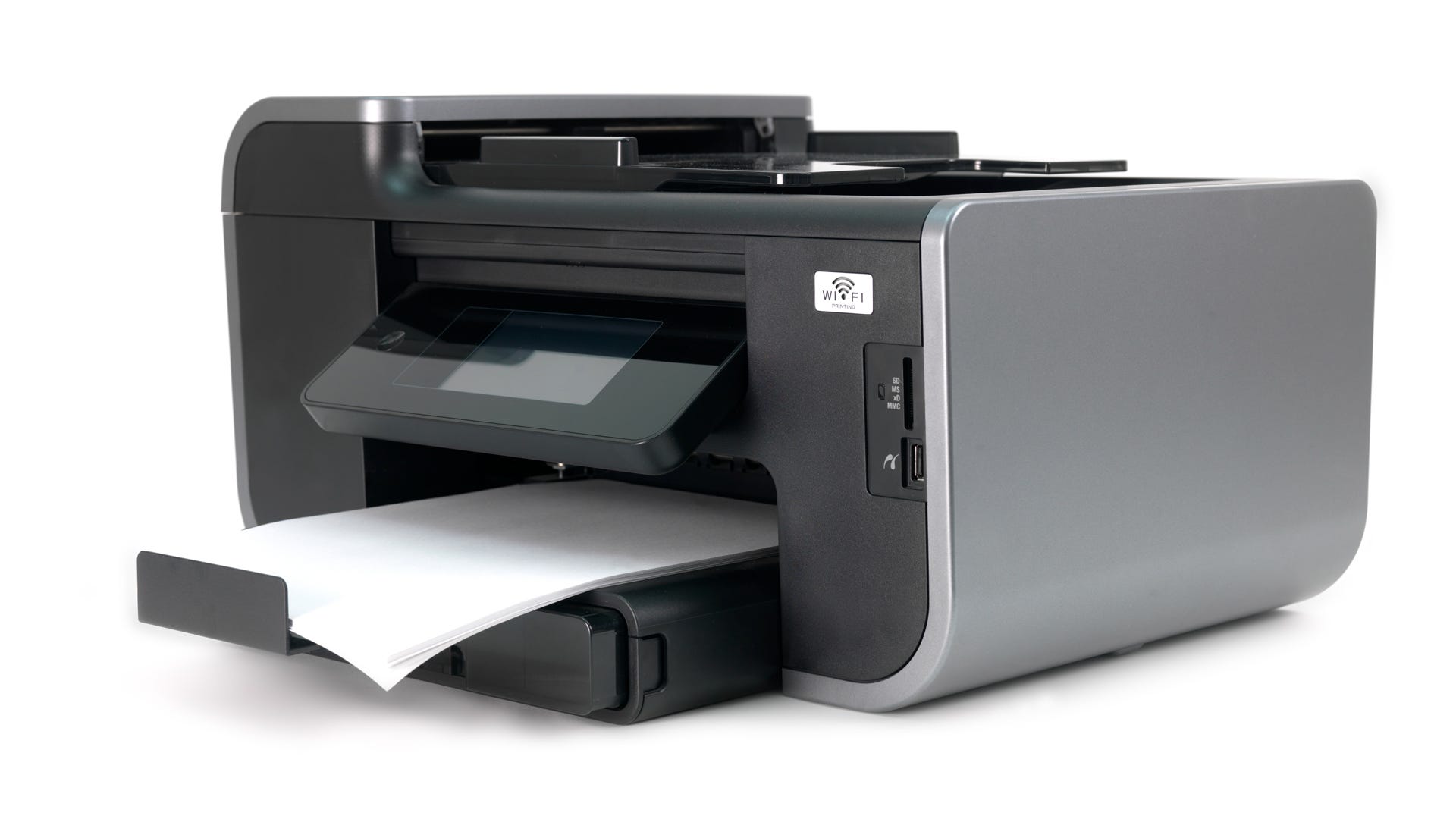The combination of purple and yellow color palette in art creates a dynamic and visually striking color palette. These complementary colors evoke a sense of contrast, balance, and vibrancy, making them an excellent choice for expressing energy and creativity. In this guide, we will explore various techniques and considerations for creating art with a purple and yellow color palette. From color theory and composition to specific mediums and application techniques, you’ll gain valuable insights into effectively using this captivating color combination in your artwork. Let’s dive into the world of purple and yellow color palettes and discover how to create visually stunning and harmonious artwork.
Understanding Color Theory:
Before diving into the techniques, it’s essential to grasp the fundamentals of color theory. Purple and yellow are complementary colors, meaning they are opposite each other on the color wheel. The contrast created by complementary colors adds visual interest and excitement to artwork. Purple is often associated with creativity, spirituality, and mystery, while yellow represents energy, joy, and optimism. Understanding the psychological and emotional meanings behind colors helps inform your artistic choices and the messages you wish to convey.
Considerations for Composition:
When using a purple and yellow color palette, consider the composition of your artwork. Balance the colors to create a visually pleasing and harmonious composition. Here are a few tips to keep in mind:
- Use color in proportion: Decide on the dominant color between purple and yellow. You can use one color as the main focal point or balance them equally, ensuring that neither color overwhelms the other. Experiment with different proportions to find a composition that resonates with your artistic vision.
- Create contrast and balance: The combination of purple and yellow offers a high level of contrast. Use this contrast strategically to guide the viewer’s eye through your artwork. Balance the colors by distributing them evenly throughout the composition, creating a sense of harmony and visual equilibrium.
- Consider the color temperature: Keep in mind that purple is a cool color, while yellow is a warm color. This temperature difference can affect the mood and atmosphere of your artwork. Utilize the contrasting temperatures to create depth, interest, and visual impact.
Exploring Art Mediums and Techniques:
Once you have a solid understanding of color theory and composition, you can apply your purple and yellow color palette to various art mediums and techniques. Here are some suggestions for different art forms:
Painting:
In painting, you can explore the interplay between purple and yellow using acrylics, oils, or watercolors. Consider these techniques:
- Color blocking: Create bold and defined shapes or areas of purple and yellow, allowing them to interact and contrast. Experiment with layering and transparency to achieve different visual effects.
- Blending and gradients: Blend purple and yellow together to create smooth transitions between the two colors. Gradually shift between shades of purple and yellow to create depth and dimension in your artwork.
- Highlighting and texture: Use yellow to add highlights or accents on areas or objects defined by purple. Experiment with different brushstrokes and techniques to add texture and depth to your artwork.
Drawing:
Explore the possibilities of working with purple and yellow in drawing mediums such as colored pencils, pastels, or markers. Consider these techniques:
- Layering: Build up layers of purple and yellow to create intensity and depth. Experiment with different pressures and blending techniques to achieve smooth transitions between colors.
- Cross-hatching: Use cross-hatching techniques with purple and yellow to create dimension and texture in your drawings. Vary the density and direction of your hatching to achieve different effects.
- Complementary color accents: Use purple and yellow as accents or highlights to enhance other colors in your drawing. This can create a visual contrast and make certain elements of your artwork pop.
Mixed Media and Collage:
Incorporate a purple and yellow color palette into mixed media and collage artworks by combining various materials and techniques. Consider these suggestions:
- Paper collages: Cut or tear pieces of purple and yellow paper to create collages. Experiment with different shapes, sizes, and arrangements to create visually captivating compositions.
- Texture with different materials: Introduce texture to your artwork by incorporating various materials, such as fabric, yarn, or found objects, that feature purple and yellow. Experiment with layering these materials to add depth and interest to your artwork.
- Combine painting and drawing: Incorporate both painting and drawing techniques into your mixed media or collage artwork. Paint areas of purple and yellow as a backdrop or base, and then enhance and emphasize specific details using drawing techniques with complementary colors.
How to decorate with purple and yellow color palette
The combination of purple and yellow in interior decorating creates a vibrant, striking, and visually appealing color palette. These complementary colors work together to create a dynamic and harmonious atmosphere in your living space. In this comprehensive guide, we will explore various ways to decorate with a purple and yellow color palette.
Walls and Paint:
Painting your walls is an effective way to incorporate your chosen color palette. Consider these options:
- Accent wall: Paint one wall in a bold shade of purple, while keeping the other walls neutral or in a lighter shade of purple or yellow. This creates a statement focal point in the room.
-
Ombré effect: Create an ombré effect on a wall by gradually transitioning from a lighter shade of purple at the top to a deeper shade at the bottom. Add pops of yellow through accessories or artwork to complement the wall.
- Two-tone wall: Paint the upper half of the wall in purple and the lower half in yellow, separated by a chair rail or molding. This adds visual interest and breaks up the space.
Furniture and Accessories:
Incorporate your color palette through furniture and accessories to tie the entire space together. Consider these options:
- Upholstered furniture: Select sofas or chairs in shades of purple or yellow. Use patterned upholstery with both colors for added depth and interest.
- Throw pillows and blankets: Add pops of purple and yellow through throw pillows, blankets, or cushions on sofas, chairs, or beds. Experiment with different patterns and textures to create visual excitement.
- Curtains and drapes: Choose curtains or drapes in one of your chosen colors. For example, use deep purple curtains with a yellow undertone to create a dramatic effect, or opt for yellow curtains with purple accents to infuse vibrancy into the space.
Conclusion:
Creating art with a purple and yellow color palette offers a vibrant and dynamic experience for both the artist and the viewer. By understanding color theory and considering composition, you can effectively balance and contrast these complementary colors in your artwork. Be adventurous and explore different art mediums and techniques, such as painting, drawing, and mixed media, to fully express your creative vision. Experiment with layering, blending, and highlighting techniques to achieve desired effects. Remember that art is a personal expression, so allow your intuition and artistic choices to guide you as you explore the captivating world of purple and yellow color palettes in your artwork.


